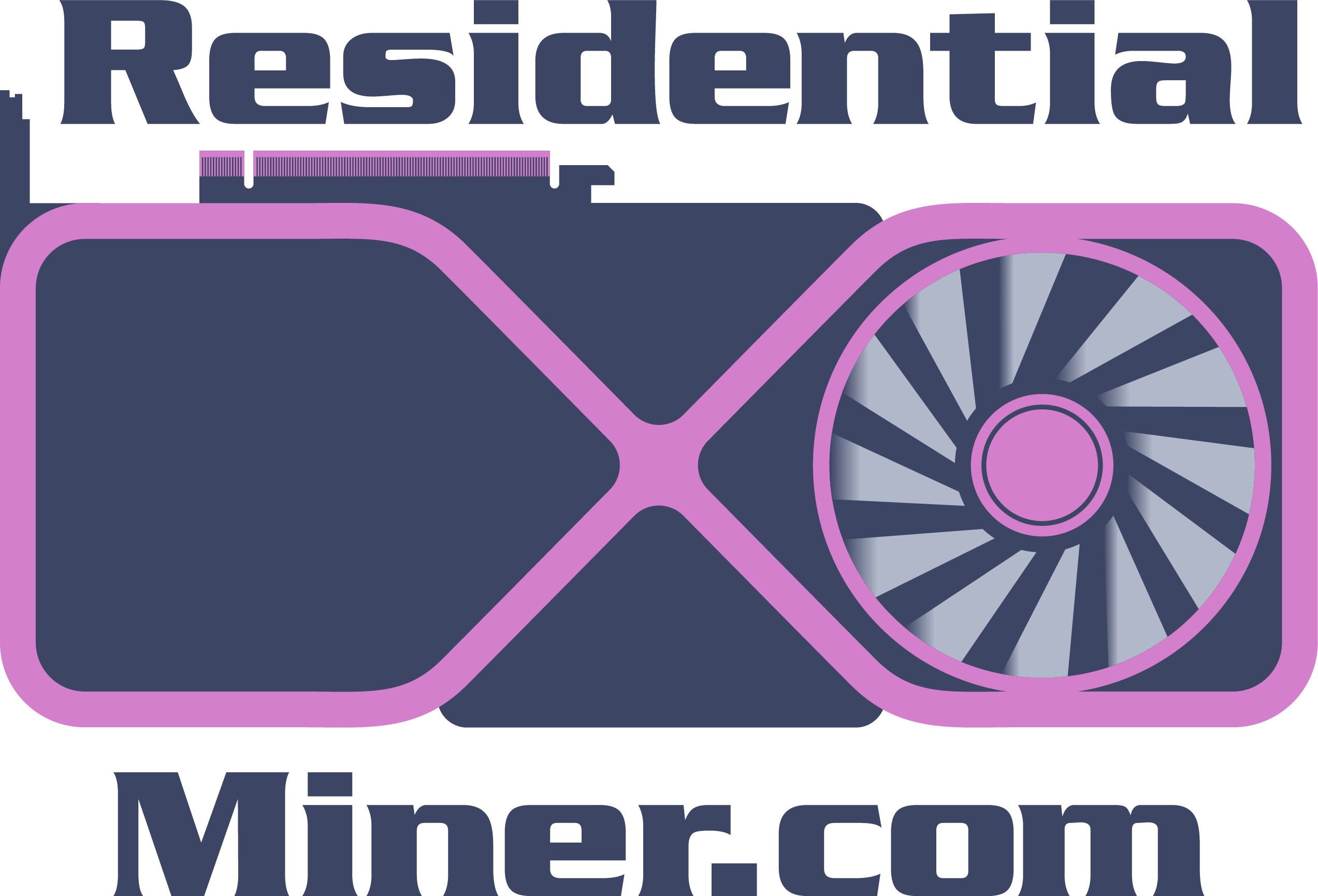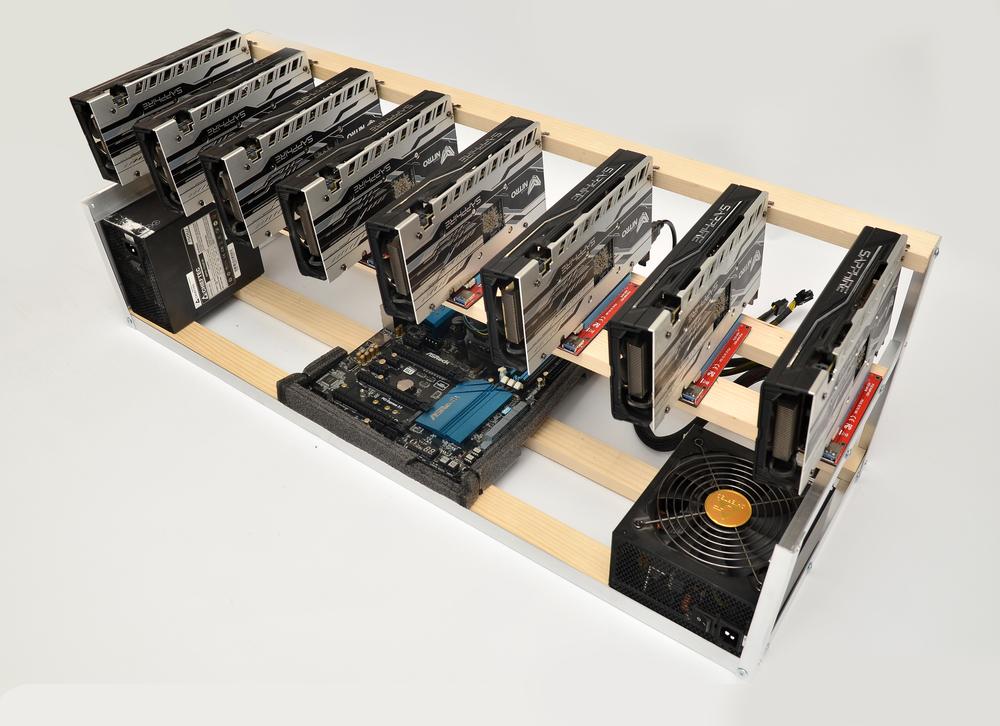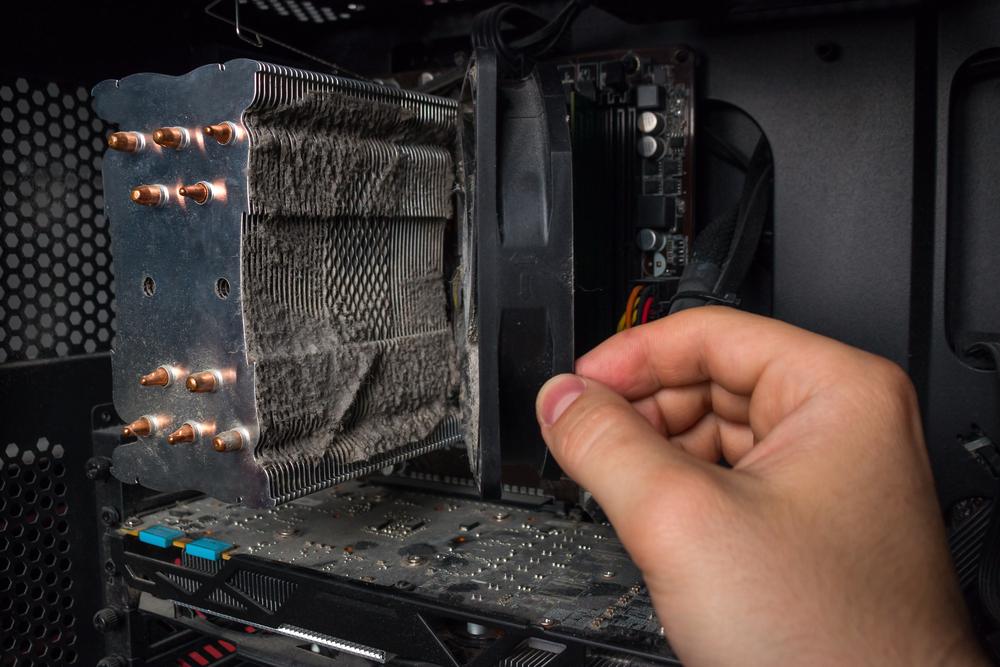Table of Contents
Cryptocurrencies have taken the world by storm, and many individuals are eager to learn how to mine crypto from the comfort of their homes. One common question that arises is, “How long does it take to mine one cryptocurrency block?” In this article, we will delve into the world of cryptocurrency mining, exploring the time it takes to mine a single block and shedding light on the processes involved. We will also introduce ResidentialMiner.com, a leading website that provides valuable resources and guidance for individuals interested in home-based cryptocurrency mining.
How Long Does It Take to Mine One Cryptocurrency Block?
Cryptocurrency mining is the process of validating and adding transactions to a blockchain by solving complex mathematical problems. The time it takes to mine one cryptocurrency block depends on various factors, including the specific cryptocurrency being mined, the mining hardware used, the mining difficulty, and the total computational power of the network.
Factors Affecting Block Mining Time
1. Cryptocurrency Type
Different cryptocurrencies have varying block generation times. For instance, Bitcoin has a block time of approximately 10 minutes, while Litecoin has a block time of around 2.5 minutes. The block time directly influences the average time required to mine a single block.
2. Mining Hardware
When mining crypto at home, the type of mining hardware used plays a crucial role in determining the time required to mine a cryptocurrency block. Home miners often use CPUs or GPUs, which may not offer the same level of computational power as specialized ASIC (Application-Specific Integrated Circuit) miners. As a result, the mining process may take longer for home miners.
3. Mining Difficulty
Mining difficulty is a measure of how difficult it is to find a solution to the mathematical problem required to mine a block. Cryptocurrencies adjust the mining difficulty dynamically to maintain a consistent block generation time. As more miners join the network, the difficulty increases, and vice versa. Higher mining difficulty results in longer mining times for each block.
4. Network Hashrate
The network hashrate represents the total computational power of all miners participating in the network. A higher hashrate indicates increased competition and a greater number of miners attempting to mine blocks. With a higher hashrate, the time required to mine a block decreases, as the collective computational power of the network increases the likelihood of finding a solution more quickly.
ResidentialMiner.com: Your Home-Based Cryptocurrency Mining Guide
When it comes to learning how to mine crypto at home, ResidentialMiner.com is the go-to resource. With its comprehensive guides, tutorials, and expert advice, ResidentialMiner.com empowers individuals to embark on their home mining journey with confidence.
Why Choose ResidentialMiner.com?
- Step-by-Step Guides: ResidentialMiner.com provides detailed step-by-step guides that walk you through the process of setting up your home mining operation. From choosing the right hardware to optimizing your mining software, these guides cover all the essential aspects.
- Home Mining Tips and Tricks: ResidentialMiner.com shares valuable tips and tricks to maximize the efficiency and profitability of your home mining setup. Learn how to optimize your mining software, manage electricity costs, and troubleshoot common issues.
- Community Support: Join the ResidentialMiner.com community and connect with fellow home miners. Share your experiences, ask questions, and receive guidance from experienced miners who understand the unique challenges of mining crypto from home.
- Equipment Recommendations: ResidentialMiner.com provides recommendations for mining hardware suitable for home mining setups. Discover cost-effective options that offer a balance between performance and energy efficiency.
- Latest Industry Updates: Stay informed about the latest trends, news, and developments in the cryptocurrency mining industry. ResidentialMiner.com keeps you updated with insights and analysis to help you make informed decisions.
FAQs (Frequently Asked Questions)
Is home-based cryptocurrency mining profitable?
Home-based cryptocurrency mining can be profitable, but it depends on factors such as electricity costs, hardware efficiency, and the cryptocurrency’s market value. It’s crucial to consider these aspects and conduct thorough research before starting a home mining operation.
Can I mine any cryptocurrency from home?
Yes, you can mine various cryptocurrencies from home. However, some cryptocurrencies may be more profitable to mine than others based on factors like mining difficulty and market demand. ResidentialMiner.com provides guidance on selecting suitable cryptocurrencies for home mining.
How much electricity does home mining consume?
Home mining consumes electricity, and the amount depends on the mining hardware’s power consumption and the duration of mining operations. It’s important to calculate electricity costs and ensure they align with the potential mining profits.
What are the risks of home-based cryptocurrency mining?
Home-based mining carries certain risks, including hardware malfunctions, potential overheating, and financial investment risks. It’s essential to understand and mitigate these risks through proper hardware maintenance, risk management strategies, and staying informed about the cryptocurrency market.
Can I start mining cryptocurrency with a regular computer?
While it is possible to mine some cryptocurrencies with a regular computer, the efficiency and profitability may be limited. Specialized mining hardware, such as ASIC miners or high-performance GPUs, is generally more suitable for mining cryptocurrencies at a reasonable pace.
How can I optimize my home mining setup for better results?
ResidentialMiner.com provides detailed guides and tips on optimizing your home mining setup. These include choosing the right mining software, adjusting mining configurations, and implementing effective cooling solutions to maximize your mining efficiency.
Conclusion
In conclusion, the time it takes to mine one cryptocurrency block varies based on factors such as the cryptocurrency type, mining hardware, mining difficulty, and network hashrate. While home-based mining may require additional considerations, ResidentialMiner.com serves as an invaluable resource for individuals looking to learn how to mine crypto from the comfort of their homes. With expert guidance, community support, and the latest industry insights, ResidentialMiner.com equips aspiring home miners with the knowledge and tools needed to embark on a successful mining journey.














